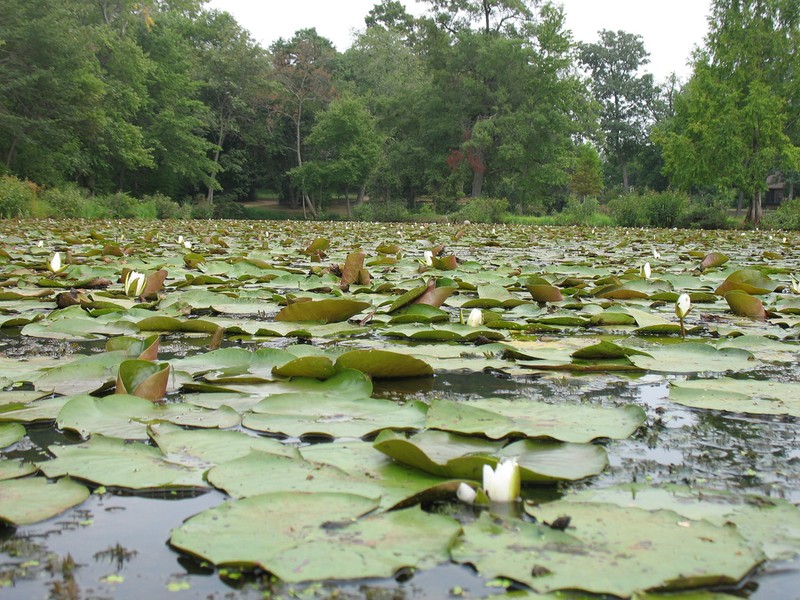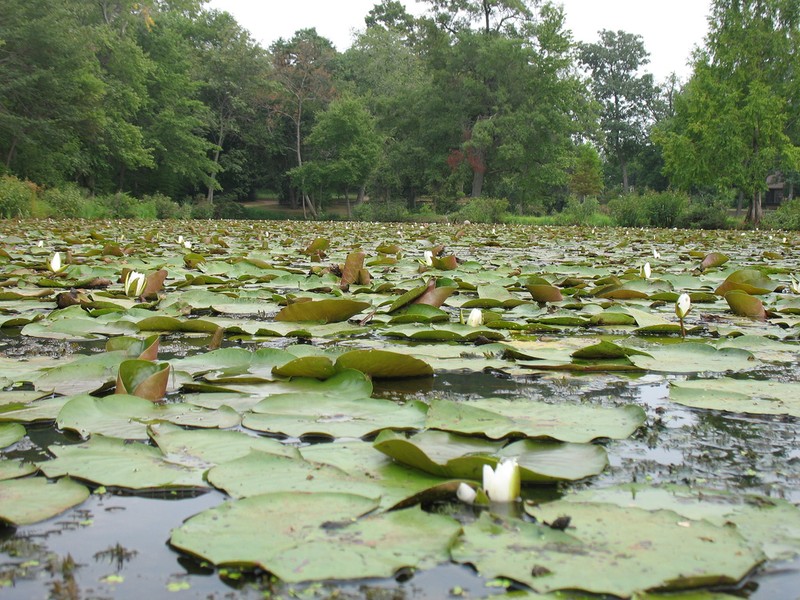Kenilworth Park and Aquatic Gardens
Introduction
Text-to-speech Audio
Images
Waterlilies from the Park.


Backstory and Context
Text-to-speech Audio
In the 1880s, Civil War veteran Walter Shaw bought a patch of land that is today the Kenilworth Park and Aquatic Gardens. Part of the reasoning behind purchasing the land was to make space for aquatic gardens for him to grow. Though the wetlands themselves had character to them, Shaw, a native of Maine, decided to bring in waterlilies from the state, which quickly flourished. As the plants began to thrive, Shaw decided to bring in a great deal of additional plants, and began crafting the garden into a public attraction, the W.B. Shaw Lily Ponds, in 1912.
The W.B. Shaw Lily Ponds flourished
for the next decade, but in 1921, Shaw passed away, leaving the Ponds to his
daughter, Helen Shaw Fowler. By this time, the Ponds were a regular site of
visitation by numerous dignitaries and Presidents of the United States, but the
Anacostia River had recently been filled with an excessive amount of silt.
Because of this, the river had to be dredged, which threatened the livelihood
of the Ponds. Threatened with closure because of this, Fowler worked to keep
the Ponds alive, and in 1938, negotiation with Congress resulted in the
purchasing of the Ponds by Congress and converting it into a national park.
